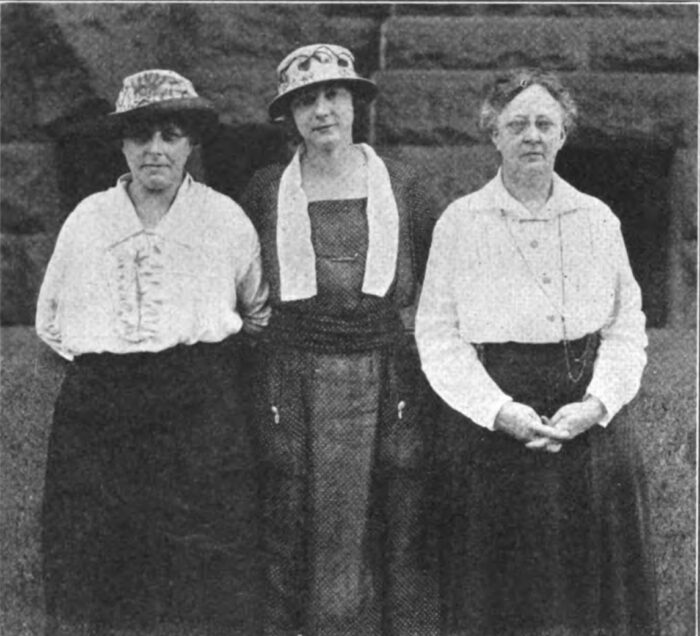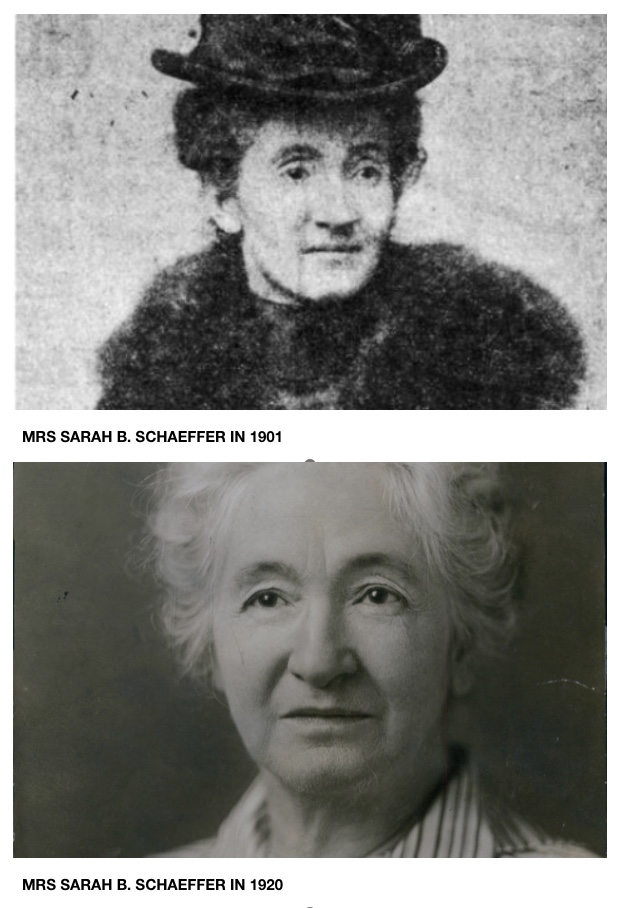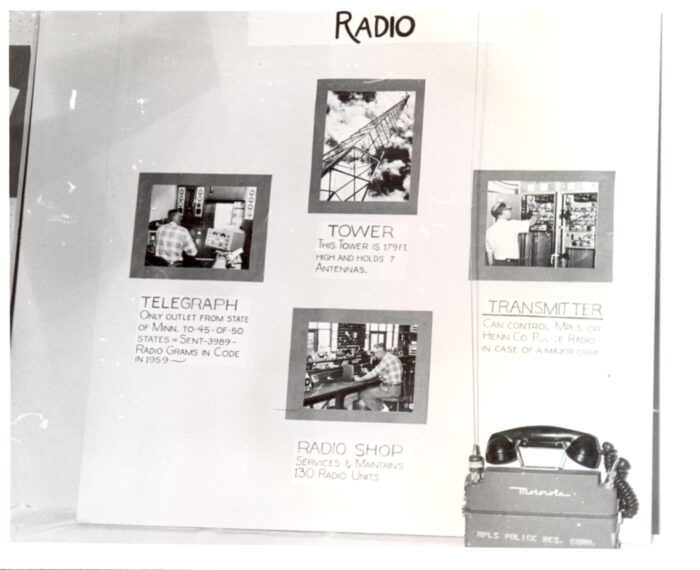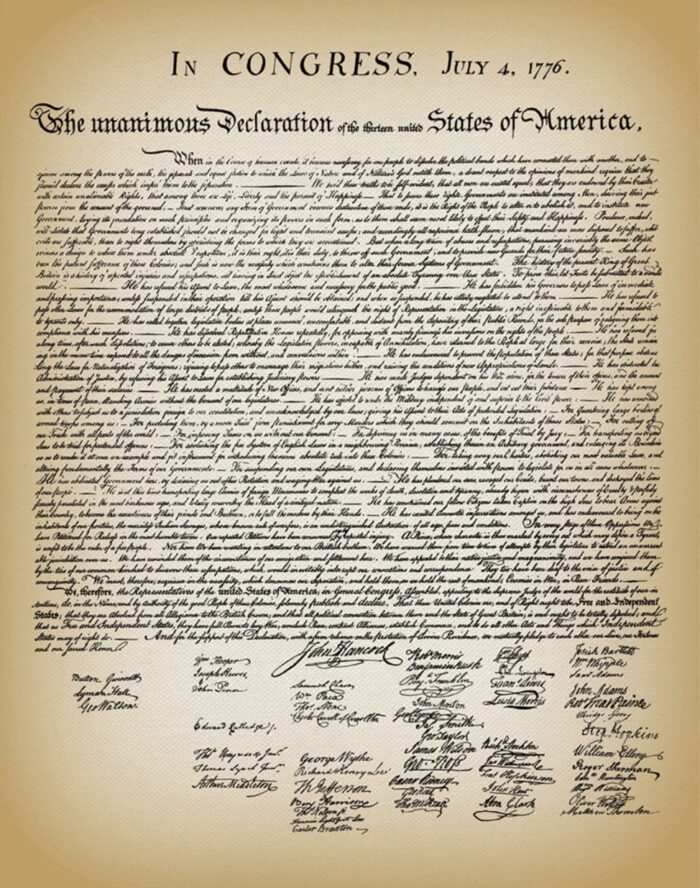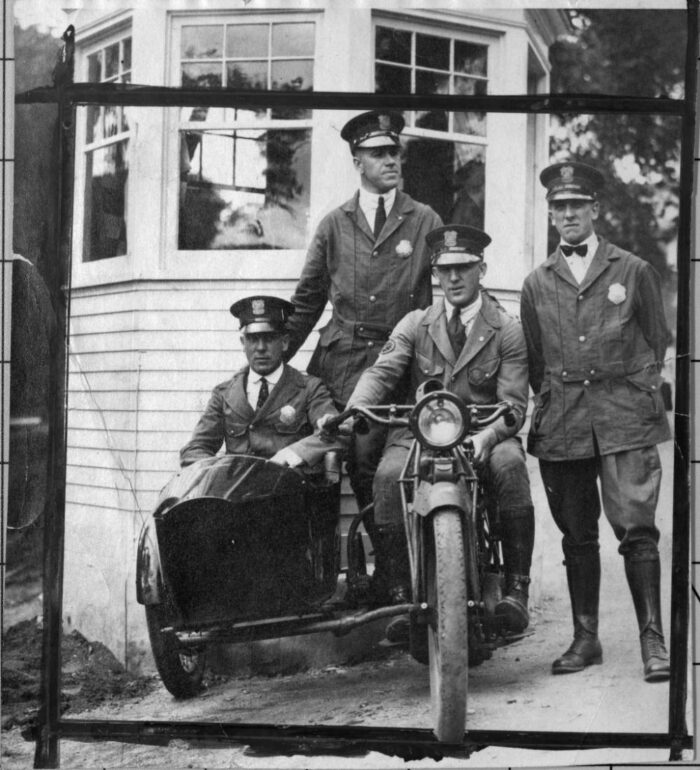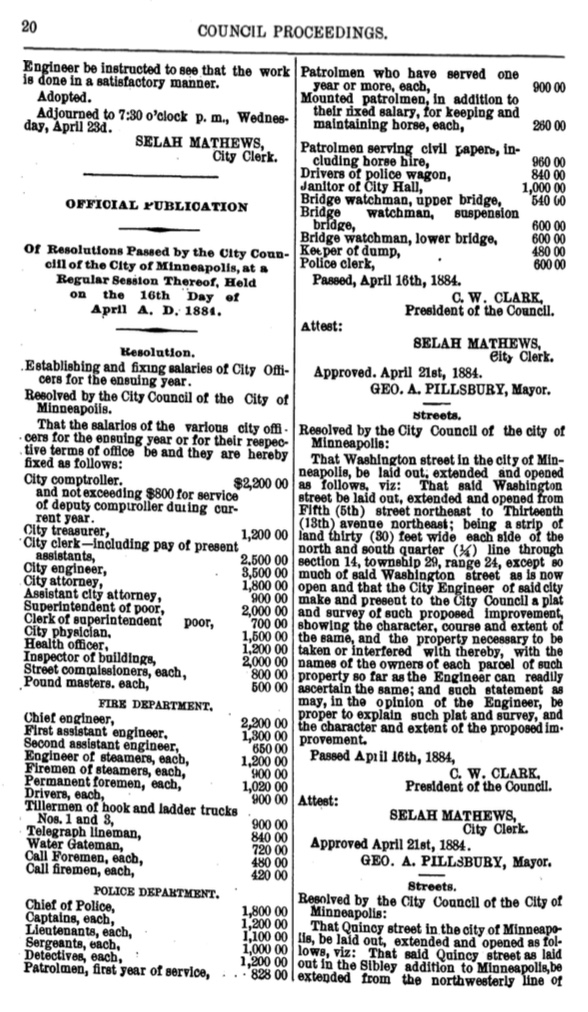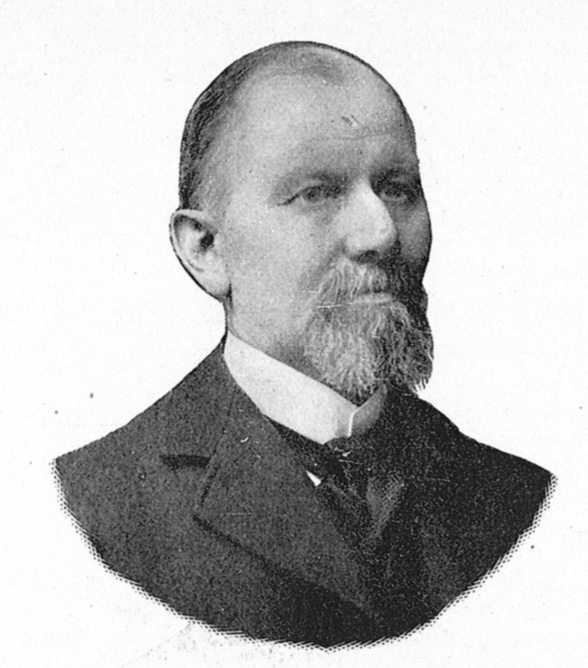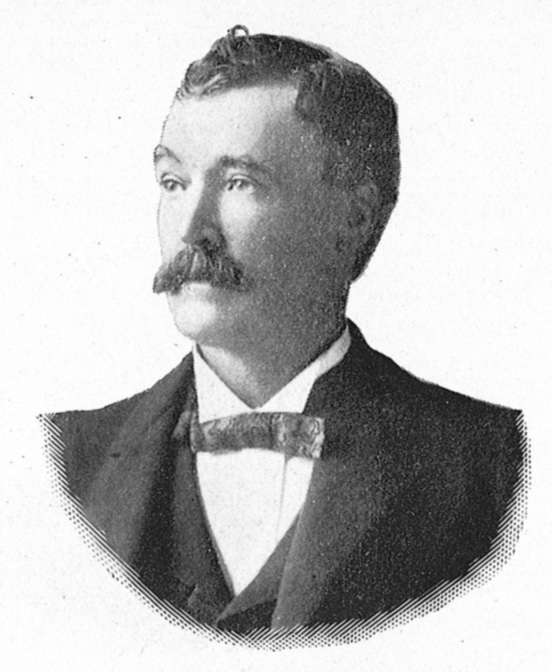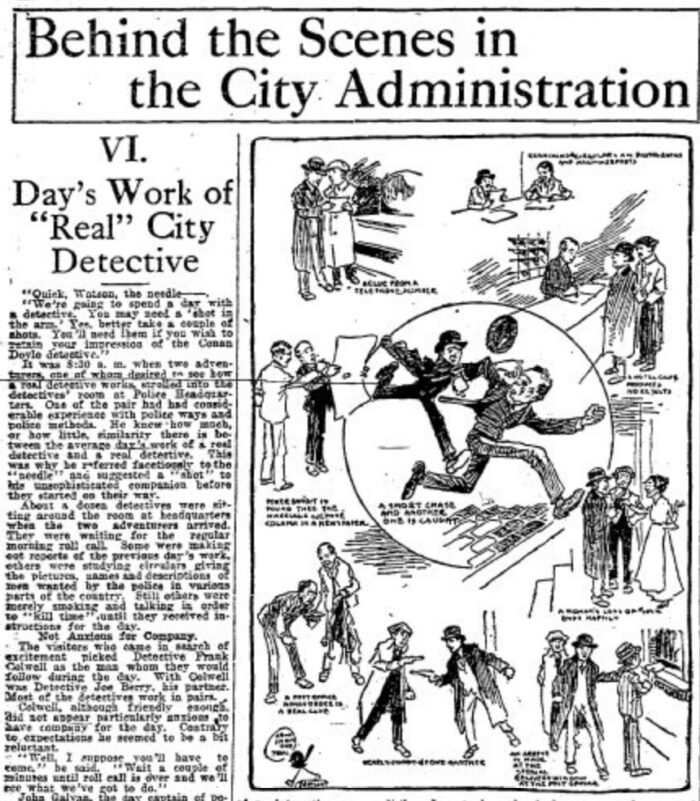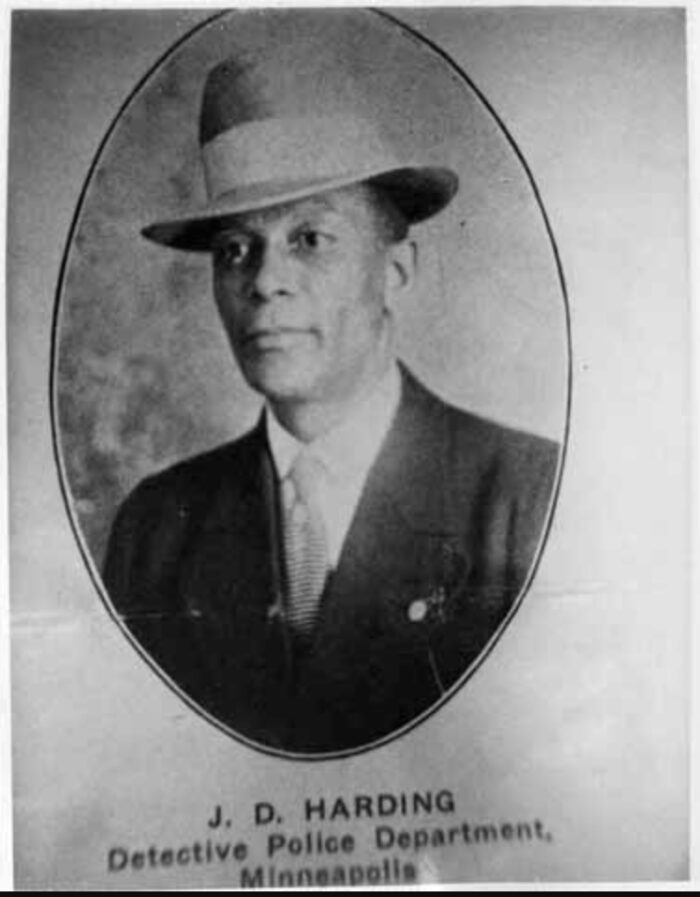In doing research for an upcoming feature on Early Detectives, we discovered an article in the Minneapolis Morning Tribune of February 28, 1915 which may be of interest to many.
Here is an excerpt from the article called “Behind the Scenes in the City Adminstration – Day’s Work of Real City Detective”.
“It was 8:30 am when two adventurers, one of whom desired to see how a real detective works, strolled into the detectives’ room at Police Headquarters. One of the pair had had considerable experience with police ways and police methods. He knew how much, how little, similarity there is between the average day’s work of a reel detective and a real detective.
About a dozen detectives were sitting around the room at headquarters when the two adventurers arrived. They were waiting for the regular morning roll call. Some were making reports of the previous day’s work, others were studying circulars giving pictures, names and descriptions of men wanted by the police in various parts of the country. Still others were merely smoking and talking in order kill time until they received instructions for the day.
The visitors who came in search of excitement picked Detective Frank Colwell as the man whom they would follow during the day. With Colwell was Detective Joe Berry, his partner. Most of the detectives work in pairs. Colwell, although friendly enough, did not appear particularly anxious to have company for the day. Contrary to expectations he seemed to be a bit reluctant. “Well, I suppose you’ll have to come,” he said. “Wait a couple of minutes until roll call is over and we’ll see what we’ve got to do.”
John Galvan, the day captain of police, came into the room shortly afterward and gave out the orders for the day. There were general orders for all of the detectives, descriptions of out-of-town men wanted by the police who were likely to be in the city, reports of persons missing and also descriptions of two men wanted in connection with a series of holdups. Besides these instructions, which were taken by the entire squad, each of them received special assignments”….
If you are interested in learning more about what the day held for the two detectives and their guests here is a link to the story. Just scroll to page 32 to read the article in its entirety.
https://newspapers.mnhs.org/jsp/viewer.jsp?doc_id=mnhi0005/1DFC5G5B/15022801&query1=&recoffset=0&collection_filter=All&collection_name=addabf07-f848-43e3-a488-2782562f220d&sort_col=relevance&objRsltIdx=32&CurSearchNum=1&recOffset=0
Minneapolis Morning Tribune courtesy Minnesota Historical Society
